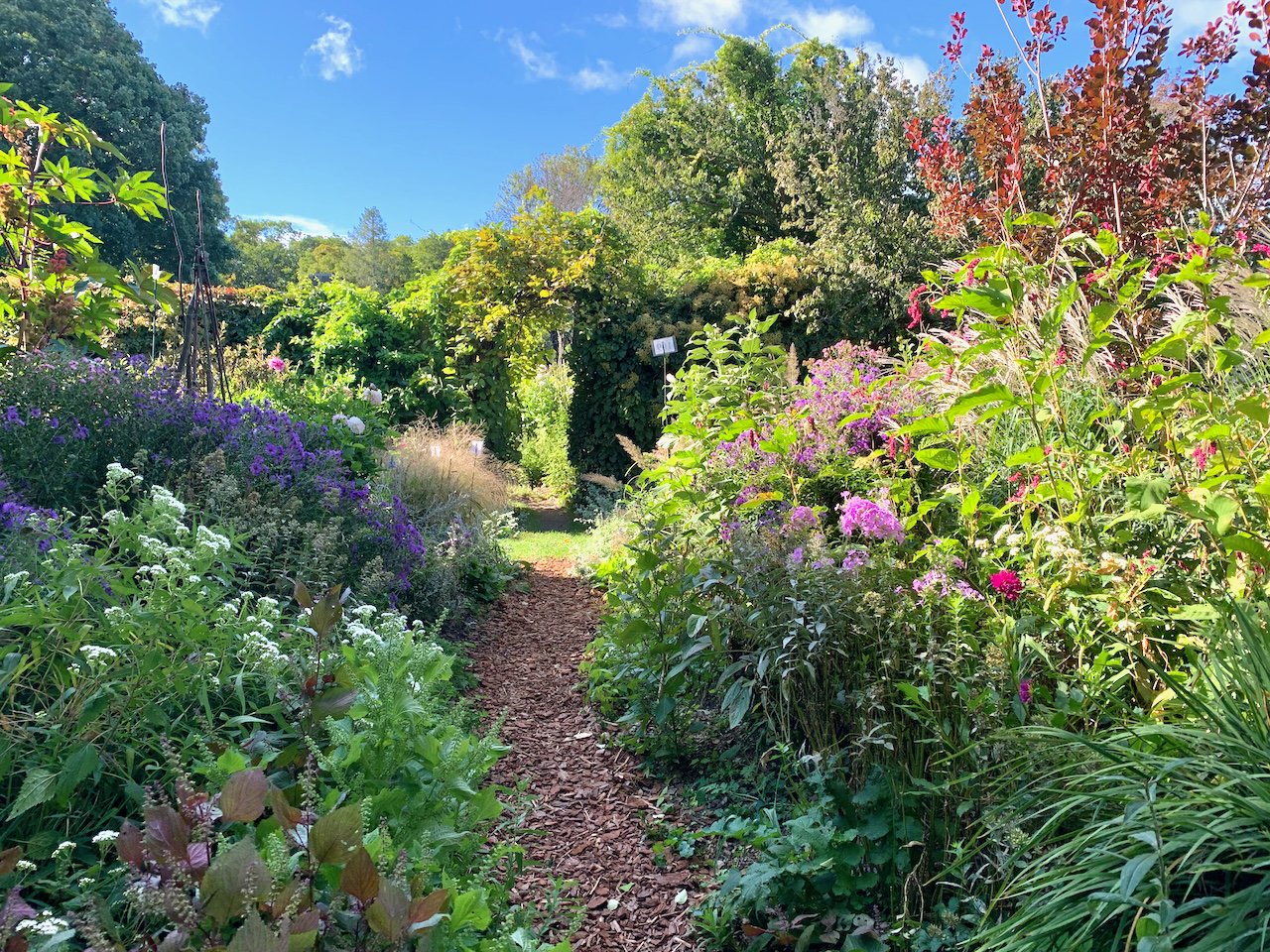Erythronium: What’s in a Name?
/Every spring, there are a few new plants on my “plant lust” list – plants that I have read about or seen and just have to add to my garden. This year, the spring flowering Erythronium is high on the list. Depending on what part of the country you’re from, you may know Erythronium by a different name – perhaps Adder's Tongue, Dogtooth Violet, Trout Lily, Glacier Lily, Serpent's Tongue, Deer Tongue, or Yellow Snowdrop.
Whatever you call them, the 25 species of Erythronium are among the earliest of our native lilies to bloom in the spring. Most of the species are native to Western North America but there are also a few native to the Northeast and to Eurasia. These long-lived plants can be found in deciduous woodlands, sometimes in sizable colonies that can be up to 300 years old. They grow with other spring ephemerals such as Trillium, Hepatica and Uvullaria.
Erythronium’s distinctive silver or brown-mottled leaves basal leaves resemble the coloring of brook trout, hence the common name “Trout Lily”. Plants typically grow 6-12” tall. Their single, nodding bell-shaped flowers somewhat resemble violets. The flowers may be white, yellow or pink, depending on the species. Petals and sepals are bent backwards exposing six brown stamens. Erythronium’s flowers may last ten days to three weeks, depending on the temperature. The leaves last into June as the bulb goes dormant. They should not be removed until completely dried up, as they provide nourishment for the underground corm.
Some of the more common species include Erythronium americanum (Trout lily,) with yellow flowers tinged with red, Erythronium albidum (White Dogtooth Violet), and the widely-available native hybrid 'Pagoda' which sports 3-5 flowers per stem in a rich yellow with a contrasting central reddish eye ring. In the garden, Erythroniums will readily hybridize if you plant two or more species together, yielding new combinations of flower color and foliage pattern.
Although Erythronium may be grown from seed, they will not flower for 4-5 years. Quicker and better results are obtained from planting corms, which are sold by many bulb suppliers and nurseries. The tiny white corms have a tooth-like shape, which lead to the common name “Dogtooth Violet”.
Like other spring-flowering bulbs, Erythronium corms should be planted in fall, 2-3” deep and 4-5” apart, and mulched well. The corms will produce stolons, and new plants will slowly spread to form large colonies if left undisturbed in optimum growing conditions. Offsets from mature plants may also be harvested and planted to increase your supply of these lovely plants.
Erythronium grow best under deciduous trees in a deep, fertile loamy soil. They should not be planted where the soil remains wet, as the corms may rot. They can also be naturalized in thin lawns or grown in shrub beds around rhododendrons and other part-shade lovers.
Erythronium are beautiful additions to the early spring garden, and combine well with species tulips, epimedium and other early bulbs. Since their foliage disappears for the summer, they can be planted where later growing perennials will take their place. I am looking forward to adding these woodland lilies to my shady border and enjoying their elegant blooms next spring.



















